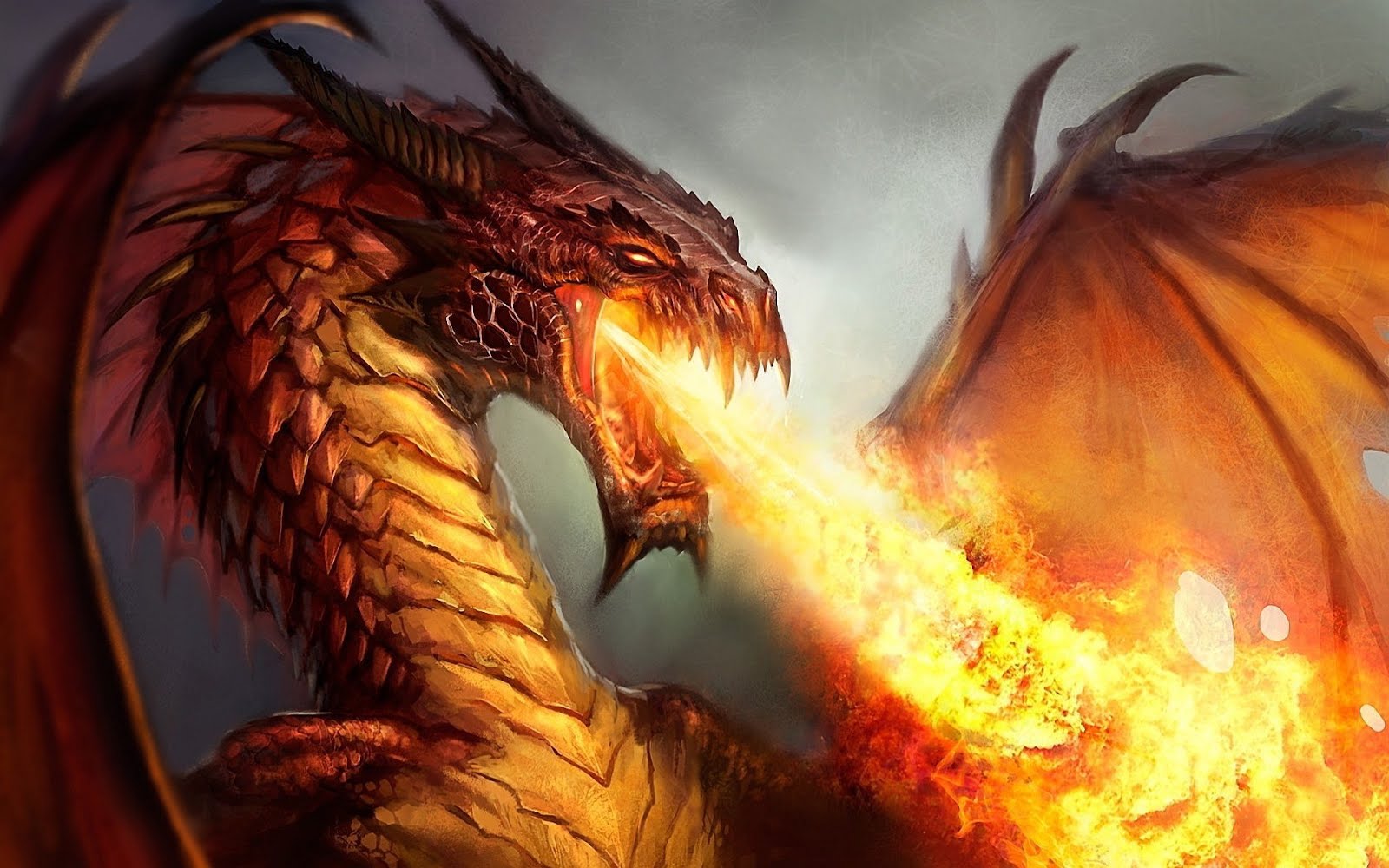TFDL CAPSTONE PROJECT SIGN-UP FORM 2022
TFDL 2022 CAPSTONE PADLET LINK (Click Here)
5-POINT PROJECTS
Use the Extra Credit Link (Click Here) for ideas for these projects. You MUST USE Multiple Digital Literacy Tools for these projects. These are also the only projects that you can do Collaboratively with other students.
4-POINT PROJECTS
B - Public Service Announcement Website: Students will create a single-page public service announcement. All topics MUST BE PRE-APPROVED by Mr. S. You must include at least 4 facts about your topic, multiple images / videos, titles and additional credit for design, style, and message clarity. You can use the Digital Portfolio Google Site (Click Here) assignment link for help!
C - Digital Animation Project: Students can submit another Digital Animation project. This must be a NEW PROJECT. You must follow the same directions as the earlier DA project completed. Check out the directions at DIGITAL ANIMATION 2021 (Click Here)
D - WeVideo / Video Creation Project: Create a video, similar to the one we made in class using using titles, credits, at least 4 facts about your topic of choice, and photos/video clips. Videos should be 1-2 minutes in length, but no longer than 3 minutes for credit.
E - Code.Org Solo Project: Students can create an original animation, game, or application using Code.org. You can choose the type of program you will create and outline the project, code it, and debug it before presenting it for a grade. Go to Code.org and get some ideas. You can also use other programming resources by using the Design Your Own Project choice listed above. Be specific about the project you are creating on the project sign-up form.
F - Architectural Design Project: Students can use the resources found at GREAT ROOM DESIGN PROJECT (Click Here) to design a home, rooms, or other design project for credit. Details can be included in your project sign-up form.
G- Mentor Interview Project: Identify and Interview a community member you know. You can identify and write-up an interview with someone from your community that you consider a mentor. This could be a teacher, family member, or someone else you think is a good role model. Use the HERO PROJECT ASSIGNMENT (Click Here) as a model for this project.
3-POINT PROJECTS
H - Research Paper: Pic a topic and write a 1-2 page research paper in MLA format with two correctly cited resources. You can use the MLA SHORT FORM RESEARCH PAPER (Click Here) link for more ideas and information.
I - Stock Market Project: Choose at least 3 different stocks to track and write a paragraph about each explaining why you think they are a good investment. Track their prices for at least a week, and then report your findings with a chart or graph using Google Sheets.
J - TinkerCad Design: Design something in TinkerCad that you would like to reproduce. Explain why you chose this project and how you could print your design (3D Printer) and mass produce it. What are the practical applications of this project, and how would you scale it up for larger quantities?
K - Photo Show Video: Create a simple video with photos and music 30-60 seconds in length.
2-POINT PROJECTS
L - Original Music: Use resources on the class reference site to create original music and submit it for credit. Soundtrap and FreeSound Lesson Post (Click Here)
M - Photo Collage: Use resources on the class reference site to create a digital photo collage.
N - Digital Poster: Choose a topic and use digital resources to create a decorative/informational digital poster about it.
O - TinkerCad Basic Design: Create a basic design using CAD tools discussed in class this year.
1-POINT PROJECTS
P - Code.Org Hour of Code: Students can complete individual projects from the HourofCode.com website. Each project is worth a single point and should be able to be completed individually. Students should post the finished link to their progress for credit
Q - Digital Art: Use Sketchpad (or similar application) to create digital art that you can show off using our class padlet listed above.
R - Digital Photography: Students will get 1/4-point for every ORIGINAL Digital Photo submitted Photos must be posted, labeled, and include some description of where, when, and why they reflect some topic or idea covered in our class this year.
S - Google Slides Presentation: Student can complete a basic presentation on almost any topic for this project. Presentations for other classes for Q4 can be submitted for credit.
HAVE FUN WITH THESE FINAL PROJECTS! Each Student MUST Complete at least 5-Points worth of projects. Any additional time in class this year can be spent making up any work you need to complete for this class, or another. Remember that the week of June 3rd there will be a brief (and easy) final exam. Good Luck! - Mr. S






